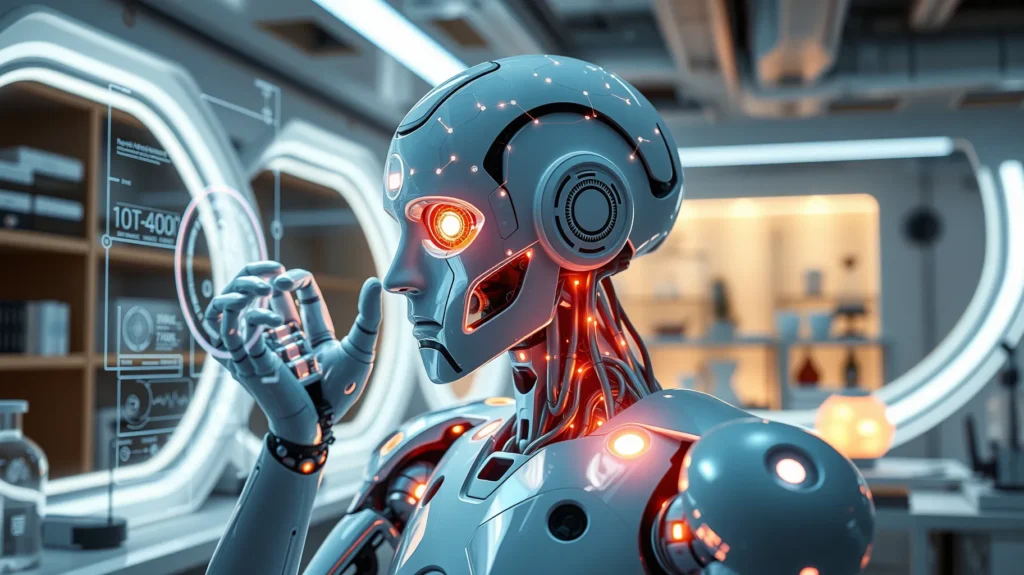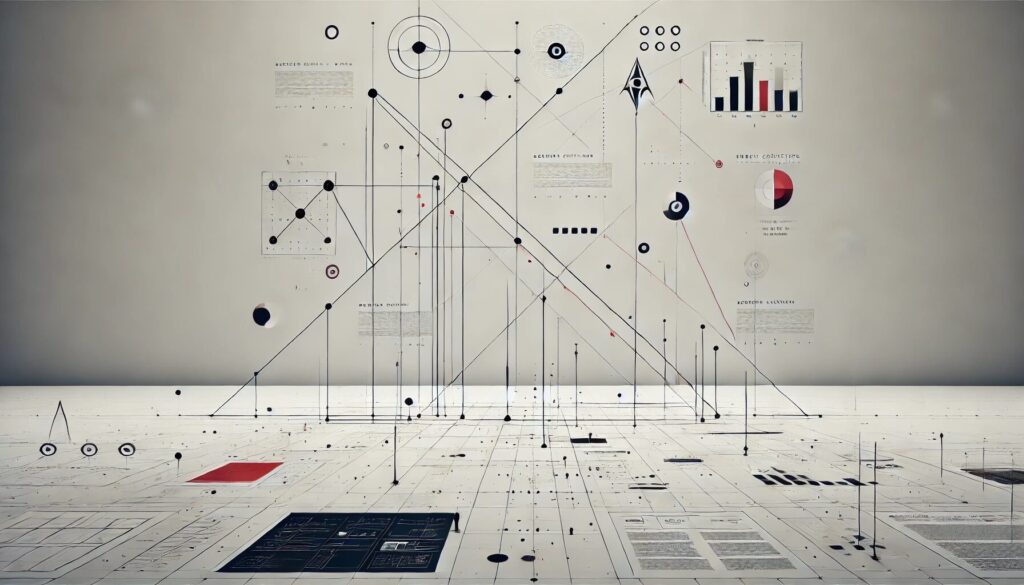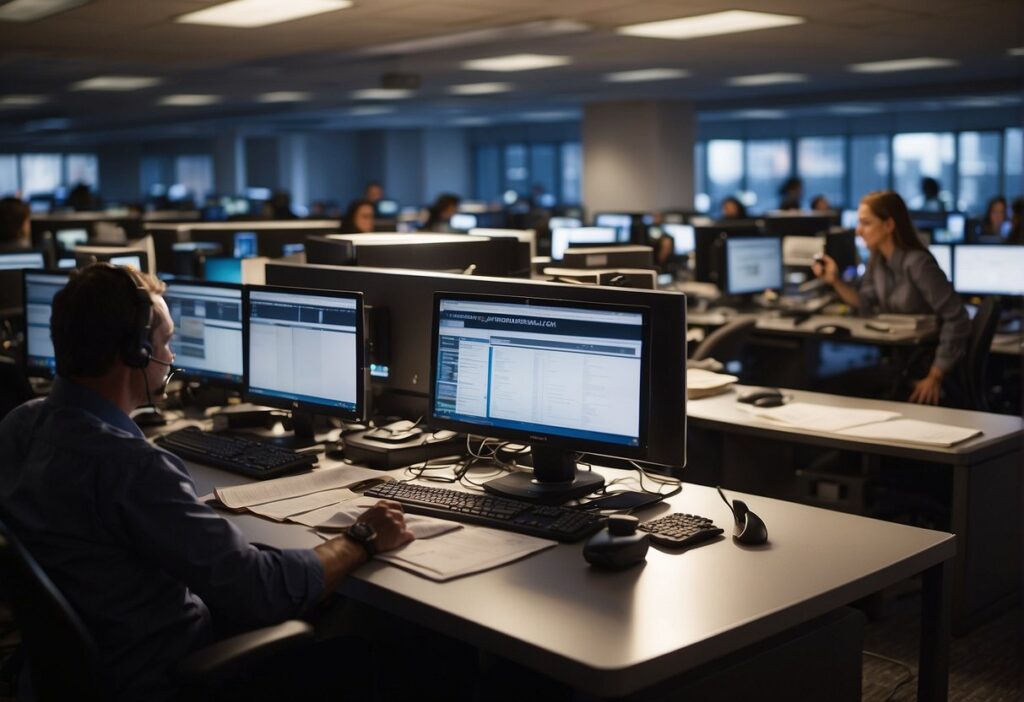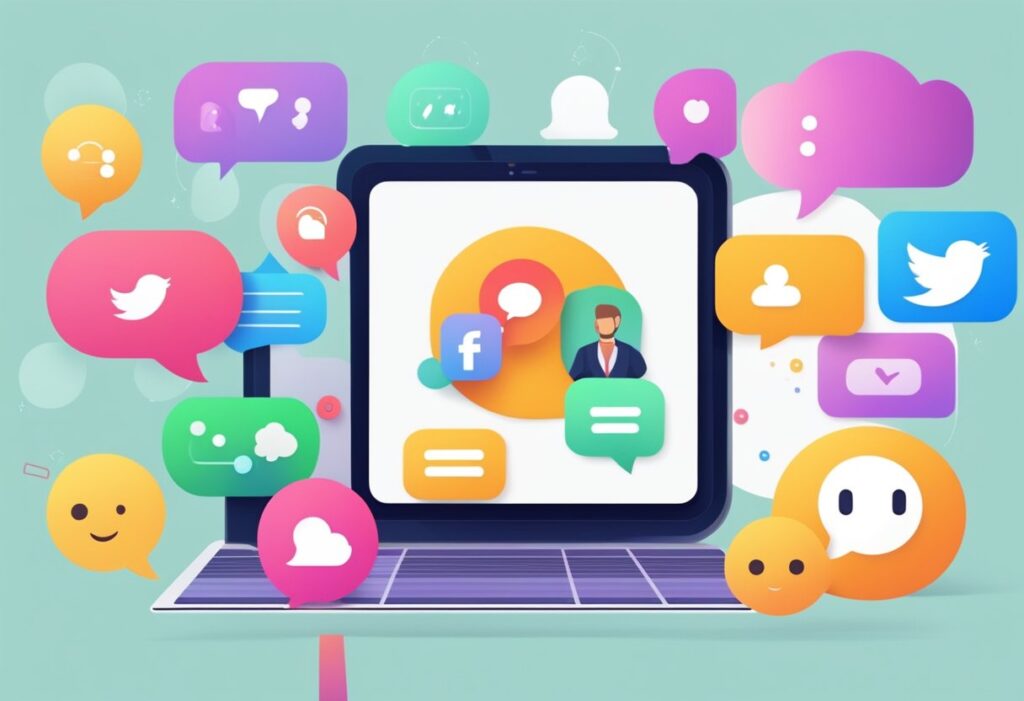
Have you ever scrolled through your feed and stumbled upon a wild conspiracy theory? It’s astonishing how quickly these misinformation pieces spread online. Sometimes, it feels like we’re playing a never-ending game of whack-a-mole trying to debunk them all. But what if I told you that artificial intelligence might be the hero we didn’t know we needed?
The Rise of Misinformation Online
In today’s digital world, misinformation isn’t just a minor nuisance—it’s a significant problem. The internet has made it easy for anyone to share ideas, but not all of them are rooted in truth. With just a few clicks, false stories can reach millions, causing confusion and sometimes even real-world harm.
Why Conspiracy Theories Spread So Quickly
So, why do these conspiracy theories gain so much traction? Well, people are naturally drawn to sensational stories. Add in algorithms that favor engaging content, and you’ve got a recipe for rapid spread. Before you know it, a baseless claim becomes a widespread belief.
Human Limitations in Debunking Myths
Let’s face it: as humans, we can’t keep up. There’s just too much content out there. Fact-checkers do their best, but debunking every falsehood is like trying to empty the ocean with a spoon. It’s overwhelming, and misinformation often moves faster than we can correct it.
The Emergence of AI in Fact-Checking
This is where AI steps into the spotlight. Over the past few years, AI has started playing a role in identifying and combating false information. By analyzing vast amounts of data quickly, AI can spot patterns and inconsistencies that might take us ages to notice.
How AI Algorithms Detect False Information

But how does it work? AI algorithms sift through content, looking for signs of false information. They compare claims against reliable sources, check for biased language, and even assess the credibility of the original poster. It’s like having a digital detective working 24/7.
Machine Learning and Pattern Recognition
At the core of this process is machine learning. By learning from huge datasets, AI can recognize patterns that often accompany misinformation. For example, if certain phrases or sources frequently appear in debunked theories, the AI knows to keep an eye out for them.
AI’s Speed Versus Human Analysis
One of the biggest advantages of AI is its speed. While a human might take hours to fact-check a single article, AI can analyze thousands in the same time. This rapid response means false stories can be flagged before they spread too far.
Ethical Considerations in AI Use
Of course, we have to consider the ethical implications. Relying on AI to police information raises questions about censorship and bias. Who programs the AI, and whose standards of truth does it follow? These are important conversations we need to have.
Challenges Faced by AI Systems
Conspiracy theories aren’t static—they morph and adapt, making it tough for AI systems to keep up. While the AI is trained on existing data, new variations can slip through the cracks before the system is updated.
Language diversity also poses a problem. The internet is a global village, with content in countless languages and dialects. Training AI to understand and process all these languages equally well is a monumental task. This gap can allow misinformation to spread unchecked in less commonly analyzed languages.
Then there’s the issue of deepfakes and sophisticated false content. As technology advances, creating highly convincing fake videos or images has become easier. AI systems might find it hard to detect these as they become more realistic, making the line between truth and deception even blurrier.
Privacy concerns add another layer of complexity. To be effective, AI often needs to analyze vast amounts of personal data, raising questions about how this data is collected and used. We have to be careful not to infringe on people’s privacy rights in our quest to fight false information.
Lastly, there’s the risk of algorithmic bias. If the AI is trained on biased data, it can unintentionally perpetuate those biases. This could lead to unfair targeting of certain groups or perspectives, which is the last thing we need.
The Role of Social Media Platforms
Social media platforms are the battlegrounds where this fight plays out. Companies like Facebook and Twitter are integrating AI to monitor content. They’re trying to balance open communication with the need to prevent harm caused by conspiracy theories.
Collaboration Between AI and Human Experts
I believe the best approach is a collaboration between AI and humans. AI can handle the heavy lifting by scanning and flagging content, while human experts make the final judgments. This partnership combines speed with nuanced understanding.
Case Studies of AI Debunking Theories

There have been successes already. During recent global events, AI systems helped identify and limit the spread of false medical advice and dangerous rumors. These case studies show that AI can make a real difference.
You might be curious about real instances where AI has made a difference. During the recent global health crisis, a surge of misinformation flooded social media platforms. AI algorithms were deployed to identify and remove false claims about cures and treatments. By sifting through vast amounts of data, these systems helped prevent panic and the spread of dangerous advice.
In another example, during election seasons, AI has been used to detect and flag fake news intended to influence voters unfairly. By analyzing patterns and sources, AI can highlight dubious content before it goes viral. These case studies show that AI isn’t just a theoretical solution—it’s actively working to keep misinformation in check.
The Importance of Public Education
That’s why public education is so important. By teaching people how to recognize false information and think critically about what they read, we empower everyone to be part of the solution. After all, even the most advanced AI can’t replace an informed and vigilant public.
The Future of AI in Combating Misinformation
Looking ahead, AI will likely become even more integral in fighting misinformation. As technology advances, AI could predict and prevent false stories before they gain momentum. It’s an exciting possibility that could make the internet a safer place.
Potential Risks and Misuses of AI
One significant concern is the potential for algorithmic bias. If the data fed into AI systems is biased, the outcomes will reflect those biases, possibly leading to unfair targeting of certain groups or perspectives.
Moreover, there’s the issue of censorship. Over-reliance on AI to filter content might inadvertently suppress legitimate discussions or silence minority voices. Imagine if an AI system mistakenly flags critical commentary or satirical content as false because it doesn’t understand the nuance.
Privacy concerns also come into play. These AI systems often require access to large amounts of personal data to function effectively. This raises questions about how our information is collected, stored, and used. We must be careful not to compromise our privacy rights in the fight against conspiracy theories.
Additionally, malicious actors could exploit AI technology. For instance, the creation of deepfakes—hyper-realistic fake videos or audio recordings—can spread false information that’s incredibly convincing and hard to debunk.
Can AI Replace Human Judgment?
At the end of the day, can AI fully replace human judgment? Probably not. While AI is a powerful tool, it lacks the ability to understand context and emotions fully. Our critical thinking skills are irreplaceable.
The Importance of Public Education
That’s why educating ourselves and others is so important. By learning how to spot misinformation and think critically, we become the first line of defense. AI can help, but we all have a role to play.
Final Thoughts on AI and Truth-Seeking
So, can AI help debunk conspiracy theories more effectively than humans? In many ways, yes. But it’s not about replacing us—it’s about enhancing our abilities. Together with AI, we can tackle misinformation head-on and make the digital world a more trustworthy place.
Resources
If you’re eager to explore this topic further, here are some resources that shed light on how AI is tackling misinformation:
- Fact-Checking Organizations:
- Snopes – Specializes in debunking false claims and conspiracy theories.
- FactCheck.org – A non-profit that monitors the factual accuracy of public statements.
- PolitiFact – Rates the accuracy of claims by public figures using its Truth-O-Meter.




